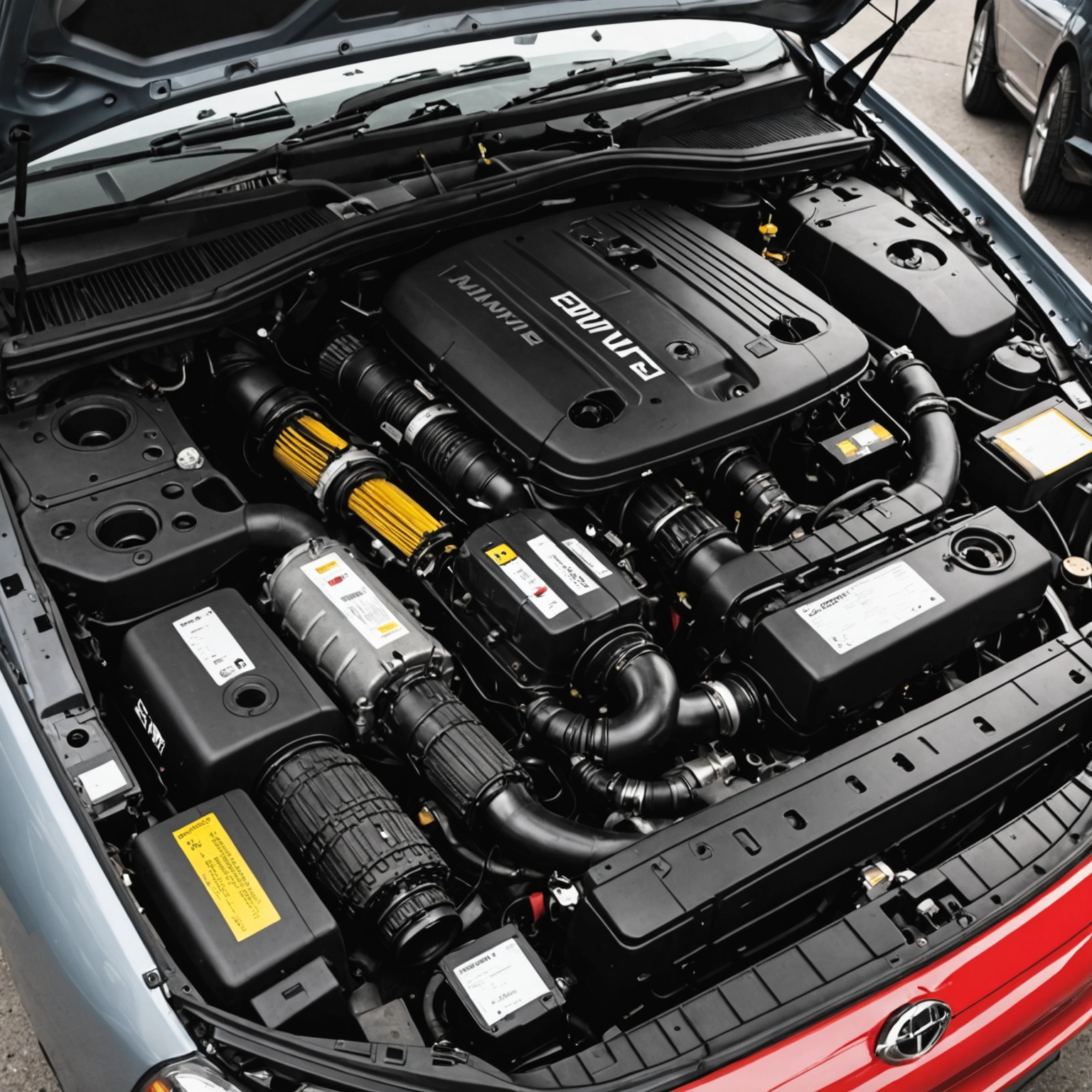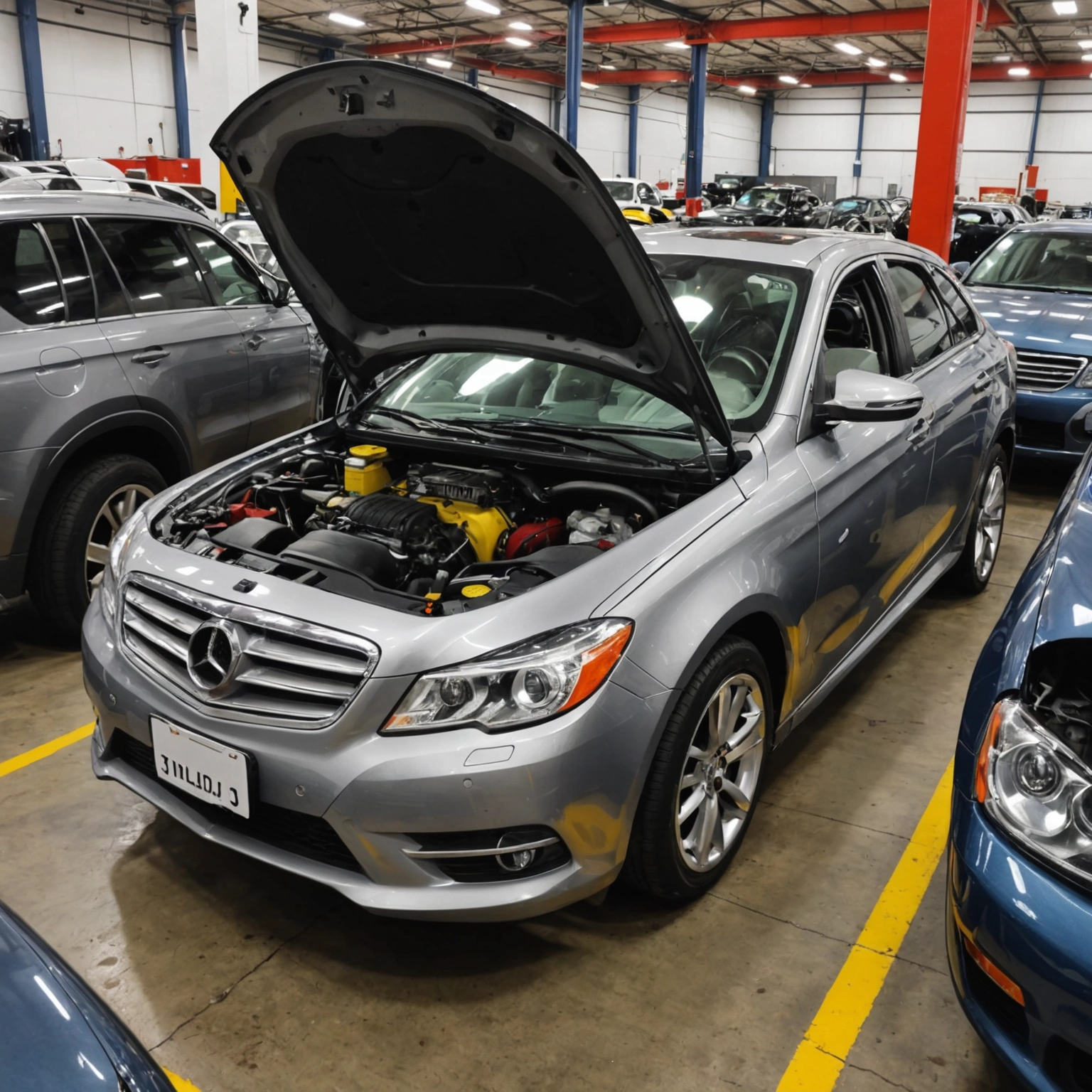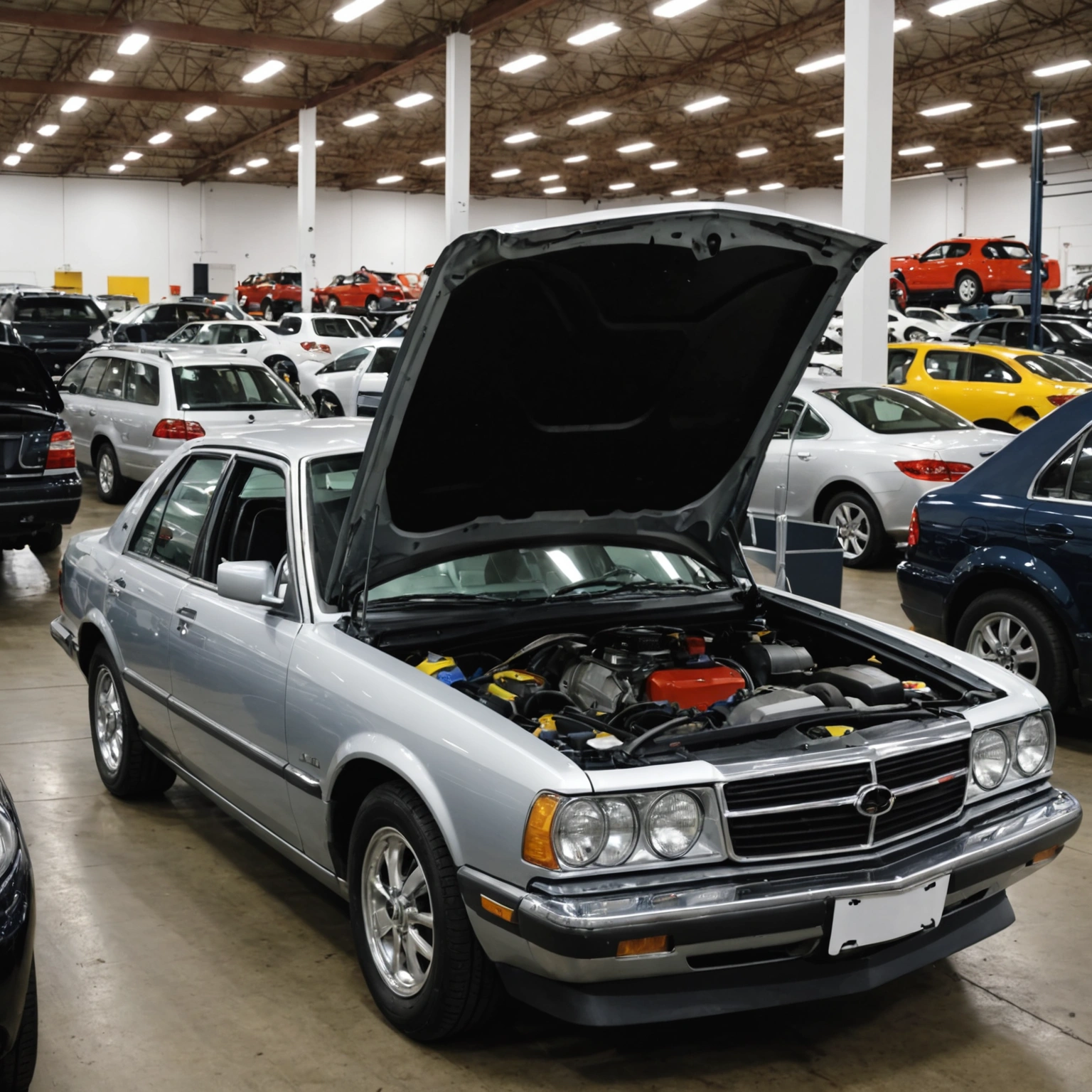**How to Find Car Parts: A Comprehensive Guide for Car Owners**
Whether you’re repairing a damaged component or upgrading your vehicle, finding the right car parts is essential. However, navigating the vast world of auto parts can be overwhelming, especially if you’re new to car maintenance. Here’s a step-by-step guide to help you find the right parts efficiently and confidently.

### 1. Identify the Specific Part You Need
Begin by clearly identifying the part that requires replacement. Gather as much information as possible:

– **Make, Model, Year:** Essential for ensuring compatibility.
– **Part Name and Function:** Know the exact name (e.g., alternator, brake pad, air filter).

– **Part Number:** If available, this is the most precise way to find an exact match.
– **Symptoms or Damage:** Descriptions can help verify the correct part.

### 2. Consult Your Vehicle’s Manual
Your vehicle’s owner’s manual often contains diagrams and part numbers that can assist in identifying and locating the component you need. It’s a valuable resource for understanding your car’s specifications.
### 3. Use Online Resources and Databases
The internet offers numerous tools to help find the right parts:
– **OEM Websites:** Many automakers provide online catalogs with parts diagrams and numbers.
– **Auto Parts Retailers:** Websites like AutoZone, RockAuto, Parts Geek, and Advance Auto Parts let you search by vehicle details.
– **Part Number Databases:** Websites like OEMPartNumber.com allow you to cross-reference part numbers for different brands or suppliers.
– **Automotive Forums and Communities:** Enthusiast forums often contain valuable advice and part recommendations.
### 4. Check the Part Number
Having the exact part number is the most reliable way to ensure compatibility. If you don’t have it:
– Remove the part (if possible) and check for stamped or labeled numbers.
– Contact your dealership’s parts department with your vehicle info.
– Use online tools to cross-reference parts based on your vehicle information.
### 5. Decide Between OEM, Aftermarket, and Used Parts
– **OEM (Original Equipment Manufacturer):** Parts made by the vehicle manufacturer, ensuring perfect fit and quality.
– **Aftermarket:** Compatible parts made by third-party manufacturers, often less expensive but varying in quality.
– **Used or Rebuilt:** Salvaged parts can be cost-effective but may carry risks regarding longevity and warranty.
### 6. Choose Your Purchase Channel
– **Dealerships:** Best for OEM parts but often pricier.
– **Auto Parts Stores:** Good for both OEM and aftermarket options.
– **Online Retailers:** Wide selection; ensure they have good reviews and clear return policies.
– **Salvage Yards:** Economical for certain parts, especially if you’re looking for a used component.
### 7. Verify Compatibility Before Purchase
Always double-check:
– Vehicle make, model, year, and engine type.
– Part number or specifications.
– Return policies and warranties.
### 8. Consider Professional Assistance
If unsure, consult a mechanic or professional auto parts specialist. They can confirm you’re purchasing the correct part and assist with installation if needed.
—
**In Summary:**
Finding the right car parts involves identifying the exact component, leveraging online resources, verifying compatibility through part numbers, and choosing the appropriate purchase channel. Taking these steps ensures your repair or upgrade is successful, saving you time and money in the long run.
Happy driving, and remember: proper part selection is key to vehicle reliability and safety!

